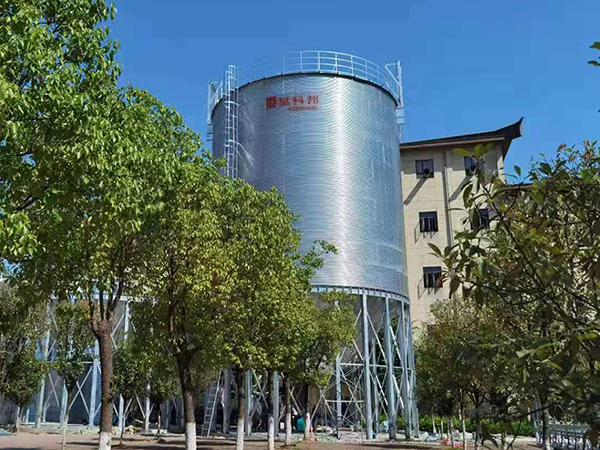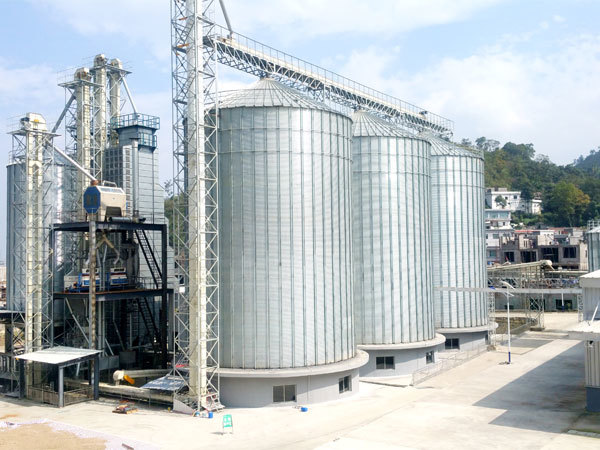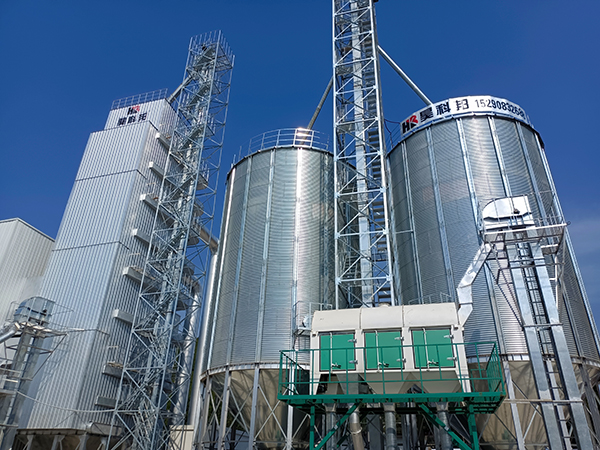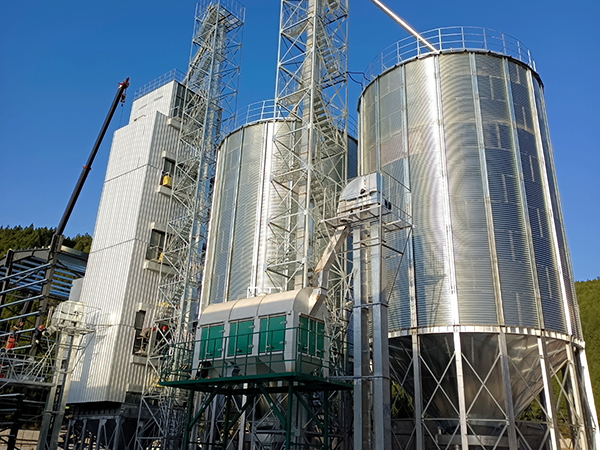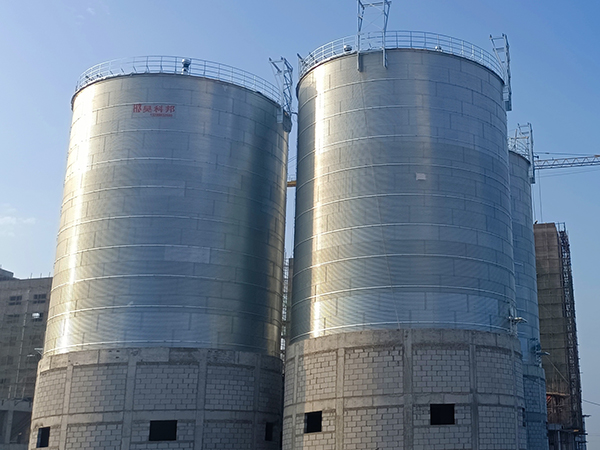1 Set 300 ton corn silo & Batch Grain Dryer
Project Background
In Uganda, to enhance the storage and handling efficiency of corn, a local agribusiness invested in an integrated storage solution. This solution includes a 300 ton corn silo and an intermittent grain drying machine to address the challenges of the region’s humid climate on grain storage .
Facility Design and Installation
The design of the 300 ton corn silo took into account the local climate conditions and the storage characteristics of corn. The silo utilized advanced anti-corrosive materials and sealing techniques to ensure the quality of the corn during storage. Concurrently, the introduction of an intermittent grain drying machine effectively reduced mold and loss in corn due to moisture.
Technology and Operational Training
To ensure the efficient operation of the equipment, the project team provided comprehensive technical training to local operators. The training covered the operation and management of the silo, the use and maintenance of the drying machine, and basic troubleshooting skills.
Economic Benefit Analysis
By employing the 300 ton corn silo and the intermittent drying machine, the agribusiness significantly improved its corn storage capacity and reduced losses caused by climate factors. Moreover, the high-quality storage environment extended the sales cycle for corn, bringing better economic benefits to the enterprise.
Social and Environmental Impact
The implementation of this project elevated the modernization level of local agriculture. It also had a positive impact on promoting community economic development and ensuring food security. By reducing grain loss, the 300 ton corn silos helps improve resource utilization efficiency and supports sustainable agricultural development.
Conclusion
This agricultural storage project in Uganda serves as an exemplary application of efficient storage solutions. The combination of the 300 ton corn silo and the intermittent drying machine demonstrates the importance of technological innovation in enhancing the safety and economic viability of grain storage. As agricultural technology advances, such projects are expected to spread to more regions, boosting global food security.


